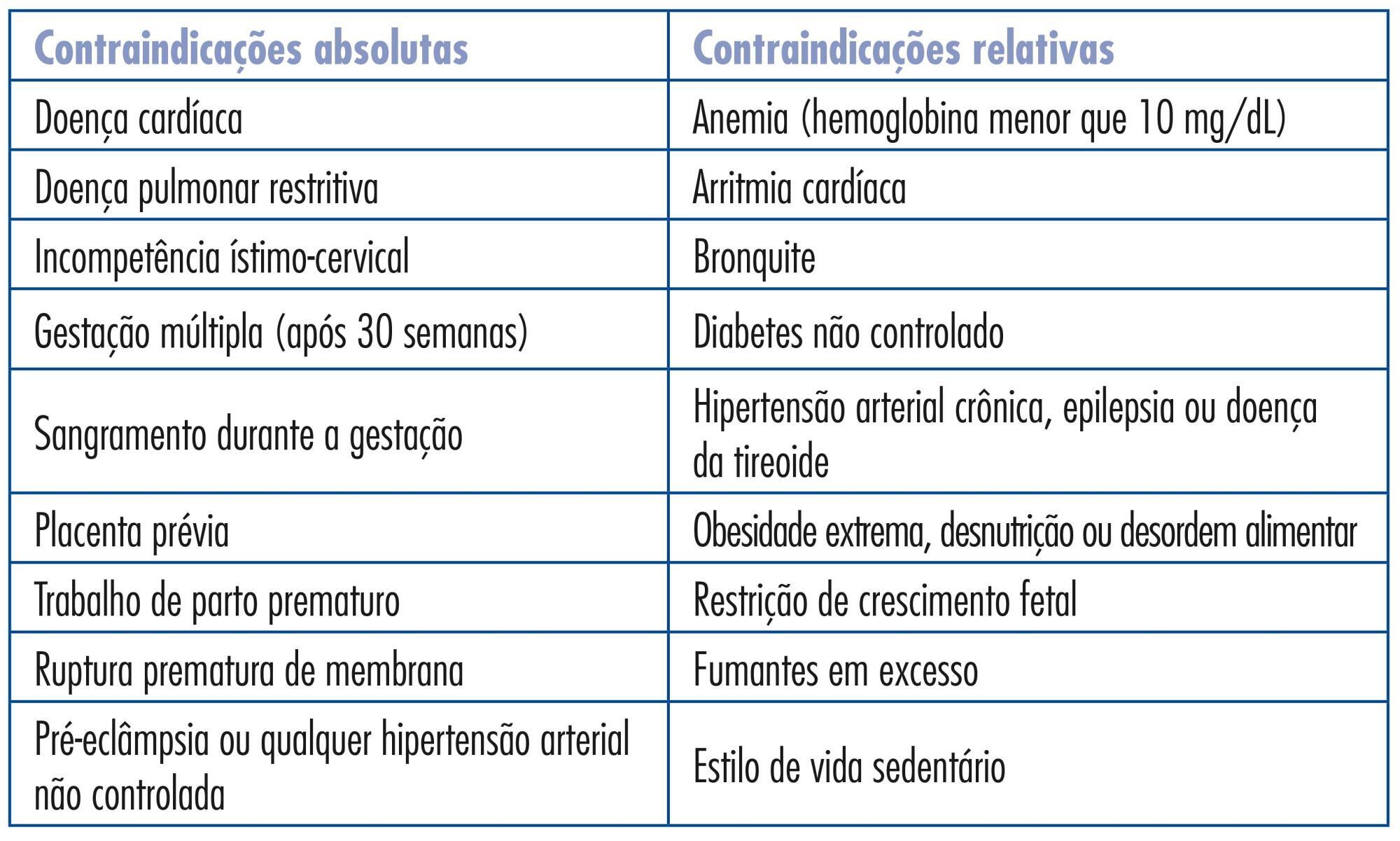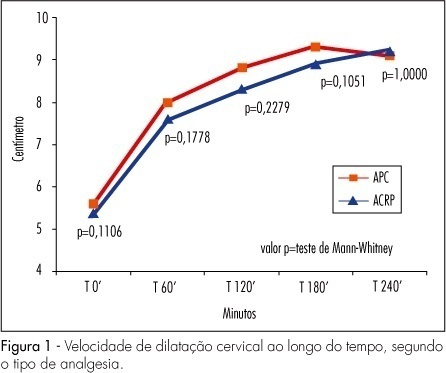You searched for:"Joao Luiz Pinto e Silva"
We found (22) results for your search.Summary
Rev Bras Ginecol Obstet. 2000;22(6):347-351
DOI 10.1590/S0100-72032000000600005
Purpose: to analyze the symptoms of premenstrual syndrome (PMS), its duration, time of presentation and pathogenesis. Methods: a questionnaire was applied to 254 women aged 20 to 44 years, without gynecological or clinical conditions affecting their general state or physical well-being, excluding those with amenorreha for more than six months, hysterectomized or pregnant. Results: one hundred and ten women (43.3%) describing at least one intense symptom causing harm to their life, were considered as having PMS. Irritability was presented by 86.4%, tiredness by 70.9%, depression by 61.8%, headache by 61.8%, breast tenderness by 59.1% and abdominal pain by 54.5%. Almost all (94.5%) had more that one symptom, 89.1% presented psychological complaints, and 76.4% associated physical and psychological complaints. Most declared that duration of the symptoms was three to four days (32.4%) or five to seven days (31.4%). Conclusions: the clinical picture of PMS is generally composed of irritability and/or depression, associated with tiredness and headache or breast pain, there being association of physical and psychological symptoms, for 3 to 7 days, and it is difficult to attribute a single etiology to it at this stage of knowledge.
Summary
Rev Bras Ginecol Obstet. 1998;20(7):381-387
DOI 10.1590/S0100-72031998000700003
Objective: to evaluate the diagnosis, characteristics of pregnancy, maternal complications and perinatal outcome in cases of congenital hydrocephalus, and to associate them with pregnancy and delivery variables. Methods: 116 pregnancies with this diagnosis were evaluated before or after delivery, 112 of them occurring at the Maternity ward of CAISM/UNICAMP during the period between 1986 and 1995. For perinatal variables, complete data of 82 newborns were used. For data analysis, distributions and means were calculated and c² and Fisher exact tests were applied. Results: generally the diagnosis was made before delivery, confirmed by ultrasound and the delivery was through a cesarean section in cases. Cephalocentesis was performed in 11 cases and complications were more frequent in vaginal delivery than cesarean section. Low Apgar scores were more frequent among newborn babies delivered vaginally. Congenital hydrocephalus was also associated with important neonatal and perinatal morbidity and mortality, with other malformations, and a very low number of children without sequelae. Conclusions: the evaluation of these factors may be of great value for the obstetrician who is following pregnant women with this fetal malformation. This could better support the decisions that, although medical and ethical, should take into account the risk-benefit ratio of measures to be taken.
Summary
Rev Bras Ginecol Obstet. 2017;39(2):41-43
Summary
Rev Bras Ginecol Obstet. 2014;36(9):423-431
DOI 10.1590/SO100-720320140005030
Physical exercise is recommended for all healthy pregnant women. Regular practice of exercises during pregnancy can provide many physical and psychological benefits, with no evidence of adverse outcomes for the fetus or the newborn when exercise is performed at mild to moderate intensity. However, few pregnant women engage in this practice and many still have fears and doubts about the safety of exercise. The objective of the present study was to inform the professionals who provide care for Brazilian pregnant women about the current recommendations regarding physical exercise during pregnancy based on the best scientific evidence available. In view of the perception that few systematic models are available about this topic and after performing several studies in this specific area, we assembled practical information of interest to both the professionals and the pregnant women. We also provide recommendations about the indications, contraindications, modalities (aerobics, resistance training, stretching and pelvic floor training), frequency, intensity and duration indicated for each gestational trimester. The review addresses physical exercise recommendation both for low risk pregnant women and for special populations, such as athletes and obese, hypertensive and diabetic subjects. The advantages of an active and healthy lifestyle should be always reinforced during and after gestation since pregnancy is an appropriate period to introduce new habits because pregnant women are usually more motivated to adhere to recommendations. Thus, routine exams, frequent returns and supervision are recommended in order to provide new guidelines that will have long-term beneficial effects for both mother and child.

Summary
Rev Bras Ginecol Obstet. 2009;31(10):485-491
DOI 10.1590/S0100-72032009001000003
PURPOSE: to compare maternal and perinatal results, after the use of continuous peridural versus combined rachidian and peridural analgesia in primiparous parturients. METHODS: randomized clinical trial with 128 primiparous pregnant women in labor, divided into two groups: peridural analgesia (CPA) with 65 women, and combined continuous rachidian and peridural analgesia (CRPA) with 63, all of them admitted in the pre-labor period at two maternities in Jundiai, in the state of São Paulo. The variables studied were: latency of analgesia onset, pain intensity, total time until complete dilation, Apgar index at the first and fifth minutes, labor duration, degree of motor blockade, adverse effects such as vomiting, pruritus, arterial hypotension and degree of maternal fulfillment. Inclusion criteria were: primiparous, physical condition ASA 1 and 2, an only foetus, cephalic presentation, term delivery, 3 to 6 cm cervical dilation, and analgesia required by the obstetritian. Women with morbidity, membrane rupture, fetal abnormality and use of opioids up to four hours before were excluded. The Mann-Whitney test was used for the statistical analysis of non-parametric continuous variables, and Fisher's exact and Pearson's χ2 tests, for the categoric variables. RESULTS: there was no difference between the groups concerning the length of cervical dilation, labor duration, maternal hemodynamic parameters, newborn vitality, analgesic complementation during labor and type of delivery. Analgesia onset was quicker in the CRPA group, and the CPA group presented less motor blockade. Differences concerning adverse effects such as nausea, vomiting, pruritus and hypotension have not been observed, but hypotension was more frequent in the CPA group (6.3 versus 3.1%). CONCLUSIONS: both techniques have proved to be safe and efficient, but CRP has provided an earlier onset, with quicker pain relief. The lesser motor blockade in the CPA group has allowed the parturients more active movements in bed and more effective collaboration during the expulsion period. Most women were pleased with the analgesia they got. The doses of local anesthetics and opioids used in both analgesic techniques and the complementary doses, equal in both groups, neither had any significant adverse effect nor affected newborn vitality.

Summary
Rev Bras Ginecol Obstet. 2019;41(9):531-538
To determine the effect of treadmill walking on maternal heart rate (MHR) and cardiotocographic parameters (basal fetal heart rate [FHR], active fetal movements [AFM], number of accelerations and decelerations, and short-term variation [STV] and long-term variation [LTV] of fetal heart rate) in pregnant women at 36 weeks.
A nonrandomized, open clinical trial involving 88 healthy pregnant women submitted to moderate intensity walking and computed cardiotocography in 3 20- minute periods (resting, treadmill walking, and postexercise recovery).
The mean FHR decreased during walking (resting: 137 bpm; treadmill: 98 bpm; recovery: 140 bpm; p<0.001), with bradycardia occurring in 56% of the fetuses in the first 10minutes of exercise, and in 47% after 20minutes. Bradycardia was not detected in the other phases. The mean STV and HV were 7.9, 17.0, and 8.0 milliseconds (p<0.001) and 7.6, 10.8 and 7.6 bpm (p=0.002) in the resting, walking and recovery phases, respectively. Themean number of fetalmovements in 1 hour was 29.9, 22.2 and 45.5, respectively, in the 3 periods (p<0.001). In overweight/obese women, the mean FHR was lower (p=0.02). Following the logistic regression analysis, two variables remained significantly associated with bradycardia: maternal fitness in the 28th week of pregnancy (protective effect) and maternal weight (increased risk).
In healthy fetuses, physical exercise proved to be safe, since, although FHR and AFM decreased during treadmill walking, an increase in SVT and LTV was observed.

Summary
Summary
Rev Bras Ginecol Obstet. 2016;38(11):545-551
To determine methods of contraception used by adolescents before and after pregnancy.
A cross-sectional study was performed, and data were collected from medical records of all teens in puerperal consultation at the Hospital da Mulher - José Aristodemo Pinotti (Caism), Universidade Estadual de Campinas (CAISM), São Paulo, Brazil, between July 2011 and September 2013. The inclusion criterionwas being 10 to 19 years old, and the exclusion criterion was having a first consultation 90 days after childbirth. Statistical analyseswere performed with averages, standard deviations, percentages, correlations and Fisher's exact tests using the SAS program, version 9.4.
A total of 196 adolescents in postpartum consultation were included (44 days after childbirth on average). The majority was older than 14 years (89%), with an average age of 16.2 years, and the most were exclusively breast-feeding (70%). Before pregnancy, the use of any contraceptive methods was mentioned by 74% adolescents; the most frequent use was combined oral contraceptive followed by condom. The main reason for abandoning the use of contraception was the occurrence of an unintended pregnancy (41%), followed by reports of side effects (22%), behavior issues (18%) and desire for pregnancy (16%). A positive correlation was found between the age of the adolescent at the moment of childbirth, the age of menarche (r = 0.3), and the first sexual intercourse (r = 0.419). Vaginal delivery occurred in 76% of the cases. After birth, depot medroxyprogesterone acetate (DMPA) was the contraception method most frequently used (71%), followed by oral contraceptives (11.8%) and intrauterine devices (IUDs, 11.2%).
The most prescribed contraceptive method before pregnancy in adolescents who had childbirth was combined oral contraceptives. Many of the study participants had an unintended pregnancy. After childbirth, the most used contraceptive method was DMPA. To improve contraception and reduce the chance of unintended pregnancies among adolescents, we should promote the use of long-acting reversible contraceptives (LARCS).